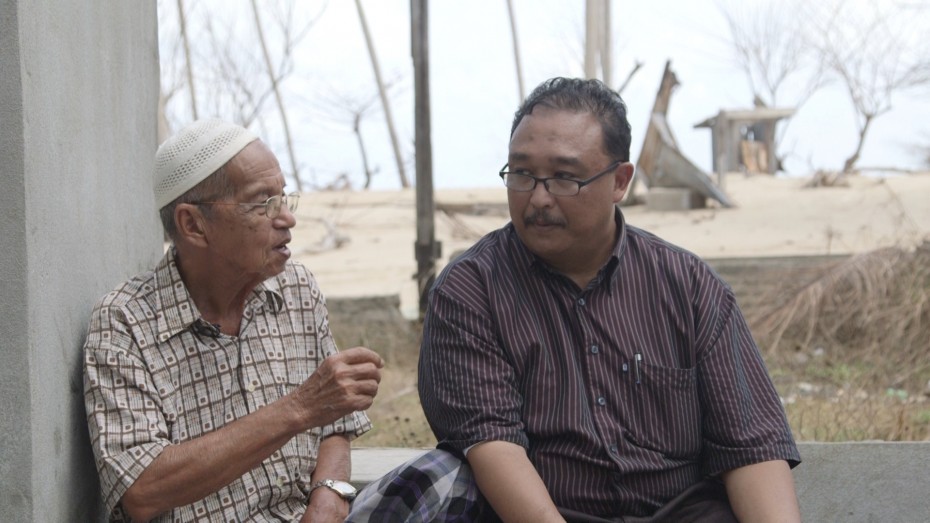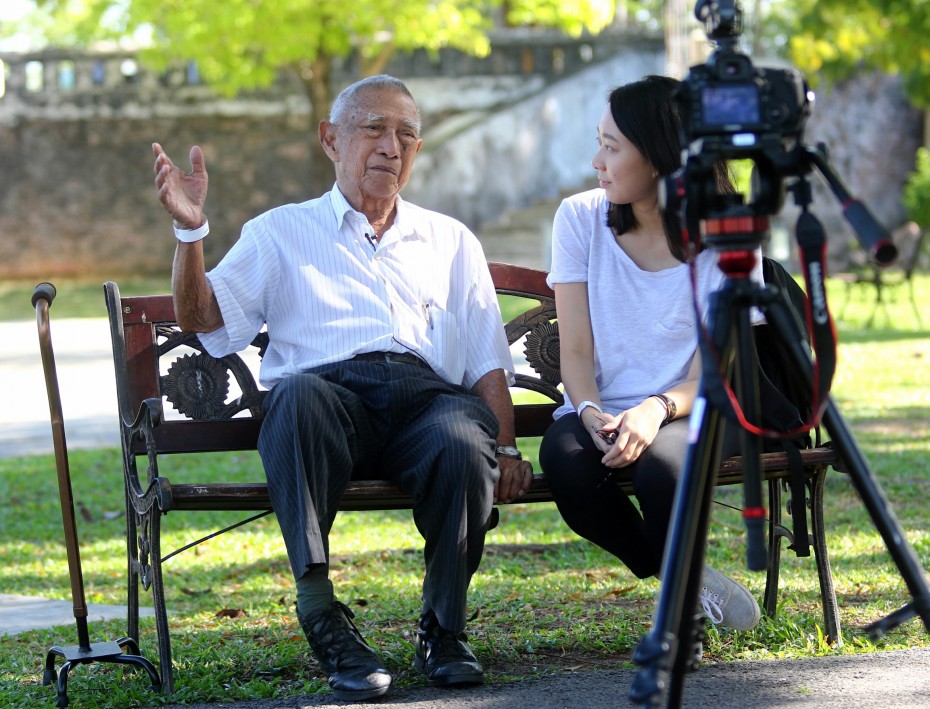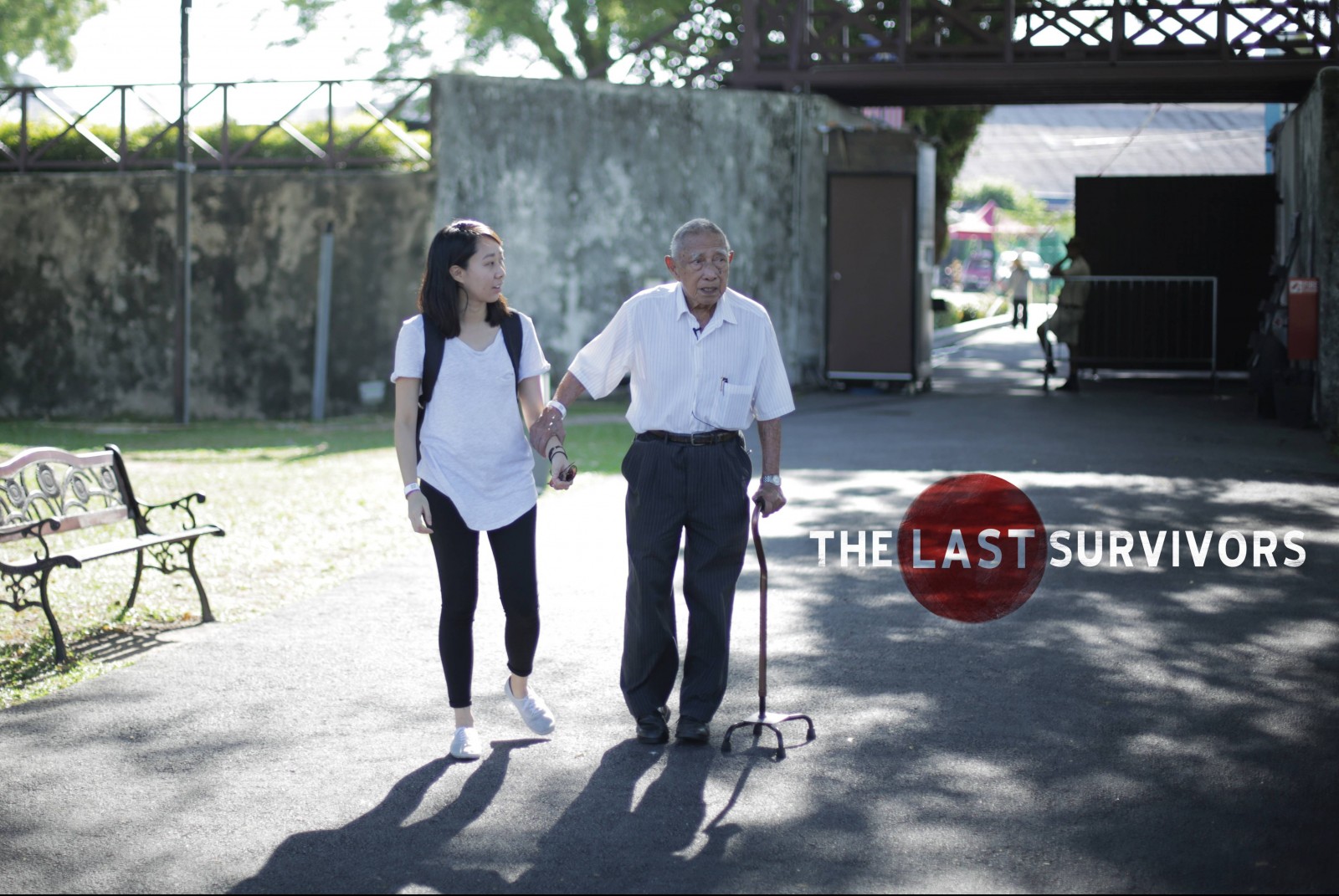The Last Survivors: Omar Senik (Ep. 1)
THE date is Dec 7, 1941. The Japanese are poised to make an audacious surprise attack on Pearl Harbor.
But little do people know, an hour before that historic moment, Japanese troops landed first on Pantai Sabak to invade Malaya. It would prove to be the moment the war in Europe became an actual world war, bringing Asia – and Malaya – firmly into the theatre of World War II.
These days, there’s nothing in Pantai Sabak that points towards its historic significance, or the remarkable stories of war and hardship that would follow in the years to come. No plaques, no monuments – nothing to remind the younger generation of the blood that was spilt here.
But Omar Senik was there on the beach that day, then a young man of around 13-15 (he doesn’t have a birth certificate), singing songs with the British Indian soldiers.
Many of those soldiers would be killed in the fierce battle that followed with the Japanese troops, a battle which Omar recounts on the first episode of The Last Survivors (rage.com.my/lastsurvivors), an online documentary series on Malaysia’s World War II survivors.
“There were gunshots everywhere. The villagers tried to escape by boat, but Mr Kawasaki stopped us,” he said. Kawasaki was a Japanese spy who had been living among them. “He used to give sweets to the children, so we were very shocked to see him leading the Japanese troops up the beach.
“There were bodies everywhere on the beach. I was a fisherman back then, and nobody wanted to eat fish after that because of the bodies.”
From Pantai Sabak, the Japanese would go on to capture the rest of the peninsula and Singapore from the British empire, which was already at war with Nazi Germany.
Auditor Kavina Mathavan, 24, had grandparents who were alive during the war, but like many young people today, she did not know what the youth of that generation went through.
“My grandfather was a prisoner who was captured and tortured by the Japanese. He was unrecognisable when they released him, and everyone thought he was dead,” said Kavina.
“I wish I could have asked him about it, to find out more about what he went through. If my mother hadn’t told me about it after he passed away, I would never have known.”
To make sure stories like Kavina’s grandfather’s are never lost again, R.AGE has started The Last Survivors, an interactive video documentary project to find stories and locations of WWII significance in Malaysia and Singapore.
The project, launched yesterday to commemorate the 70th anniversary of the final signing ceremony in Kuala Lumpur which confirmed Japan’s surrender, will start with a video series produced by the R.AGE team, and continue with story, photo and video contributions from young people across the country.
“The younger generation needs to know these stories so we can avoid war. We should appreciate peace, because everything about war is bad,” he said.

We brought Omar back to Pantai Sabak, where he and WWII researcher Zafrani Arifin chatted about the Japanese invasion.
Last survivors
To film The Last Survivors, we took the survivors back to the locations where their stories took place, and most of them are now fairly nondescript – a school asrama, a deserted beach, a church, a charity hall.
Case in point: survivor Ethelin Teo, 85, witnessed the execution of locals accused by the Japanese of being spies working against them, and she said they were buried at Teluk Cempedak, right beneath the beach’s popular fast food joints.
“There was a public trial in the padang (Padang Majlis Perbandaran Kuantan),” said the former nurse, who now lives in Shah Alam. “Those condemned were taken to Teluk Cempedak in a lorry and lined up in front of a hole. They were shot, and their bodies were buried where they fell. I knew one of them, a lady, who I think was a spy back then.”
While she’s not sure if the bodies are still there, Lee is adamant that’s where they were buried.
“It was all jungle back then, with only a small path leading to that spot on the beach. There was no road but the Kempeitai (the military police) made one.”
Teo’s grandson, Teo Kheng Soon, said hearing about these stories from his grandmother made them exciting.
“The way she tells it makes it feel like an action movie!” said Kheng Soon, 31, a chef. “When I was younger and we visited Kuantan, they would point out where the bodies of thieving villagers used to hang at the padang.
“When I was younger I just wanted to play on the trees at the padang, but if I went back now and saw them, I’d have a very different reaction,” he said.
Teo’s husband, Teo Kim Beng, 89, had a rather different experience of the war. He had just finished his studies in Singapore, and was working there in a company that handled imports and exports. The company did a lot of business with the Japanese, so his family was spared from a lot of hardships.
“He was pretty well off at the time, but after the war, the ‘banana money’ (the currency issued by the Japanese government in Malaya) became worthless. That’s why I always say – why didn’t I meet him back then?” she said with a laugh. “We had no money, no food in Kuantan, but he was living comfortably in Singapore.”
For most people, food was hard to come by. Former civil servant Andrew Carvalho, 86, quit school to work at a paper mill in Malacca run by fellow Eurasians under the Japanese.
“I had to stop school to earn rice for my family. They used to supply rice, tapioca, sweet potatoes and cigarettes for employees at the paper factory,” said Carvalho. He wasn’t given any money, just food supplies.
Ethelin’s family survived on a diet of tapioca (which her family planted themselves), and the two tins of rice the Japanese would give out to each family every week.
“They didn’t care how many of us there were. They only gave two tins the size of milk tins. We had tapioca and rice porridge every day.”

Etheline and her husband at Teluk Cempedak in Kuantan, where she tells us the Japanese buried the bodies of ‘traitors’.
Atrocities
Unfortunately, many of the survivors’ stories include painful recollections of the atrocities committed by Japanese soldiers.
To this day, James Jeremiah, 92, still cannot bring himself to go to the Wesley Methodist Church in George Town, Penang because he can still remember the screams of the people who were tortured there by the Kempeitai.
James was part of the British volunteer force, and is the last surviving member of the Eurasian “E” Company. When the Japanese took over, he was chosen to become an office boy.
“The Eurasians with lighter skin, including my British commanding officer, were taken away and interned in Singapore. I think I was spared because I had darker skin,” he said.
“I had to make coffee for the Japanese officers and polish their shoes at Wesley Methodist Church (converted into a Kempeitai office), but I couldn’t take the screaming of those being tortured.”
The screaming was so bad, James requested a transfer to the railway company, where he became a locomotive driver.

James Jeremiah speaking to R.AGE journalist Vivienne Wong at Fort Conrwallis, Penang. He remembers the screams of torture victims at the Wesley Methodist Church (converted into a Kempeitai office) were so bad, he has not revisited it in over 70 years.
Carvalho remembers his uncle being taken away to the Meng Seng charity hall in Malacca, where he was tortured for three days and sentenced to life imprisonment, all for listening to the radio. The Japanese confiscated all radios during the occupation.
“They used to call the Meng Seng building a ‘house of hell’. They used to do water torture there,” he said.
While Carvalho’s granddaughter Kyra Carvalho, 12, finds his stories of the past interesting, her friends don’t share her interest in them.
“They find me boring when I talk about it. They only know about Hitler,” said the student, who also lives in Malacca. “I think they’re not interested mainly because it’s in the past. They think it’s better to learn about the present, and work on it for the future.
But for someone like Omar who has been through the war, the best way to work towards the future, is to learn from the past.
“The younger generation needs to know these stories, because these things might happen again,” he said. “They should do whatever they can to avoid war, because to live in peace is a blessing. That’s all I would say to them.”


Tell us what you think!